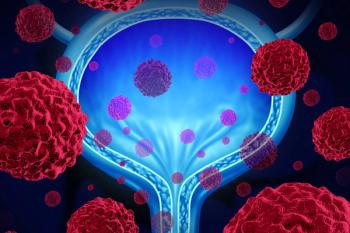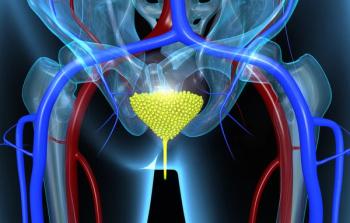
Bladder Cancer: Mortality, Morbidity, and QoL After Treatment
While observation may be appropriate for select cases where prognosis is poor, rates of non-treatment are unacceptably high in muscle-invasive bladder cancer.
The most common treatment for muscle-invasive bladder cancer is radical cystectomy. This procedure involves removal of the bladder, proximal urethra, perivesicular fat, pelvic lymph nodes, and either the prostate and seminal vesicles for men, or anterior vagina, uterus, and ovaries for women.
Patient comorbidities, especially among the elderly, are an important consideration given the nature of radical cystectomy.
Another treatment option for bladder cancer is bladder preservation therapy. Bladder preservation therapy consists of maximal tumor removal via a transurethral resection of bladder tumor (TURBT). The TURBT is then followed by a course of radiotherapy (with or without chemotherapy). Bladder preservation can be an effective treatment strategy for patients who do not receive surgery, although the comparative efficacy of surgery vs bladder preservation therapy is not known because large modern randomized controlled trials comparing these two approaches are lacking. Both surgery and bladder preservation are accepted approaches in the management of muscle-invasive bladder cancer, per the
It is undoubtedly true that many patients diagnosed with bladder cancer, especially the elderly, will not be candidates for radical cystectomy. While observation may be appropriate for select cases where overall prognosis is poor, rates of non-treatment remain unacceptably high for muscle-invasive bladder cancer. Combined-modality bladder preservation therapy offers an excellent strategy to maximize the probability of disease control and preserve quality of life.
Newsletter
Stay up to date on recent advances in the multidisciplinary approach to cancer.

















































































